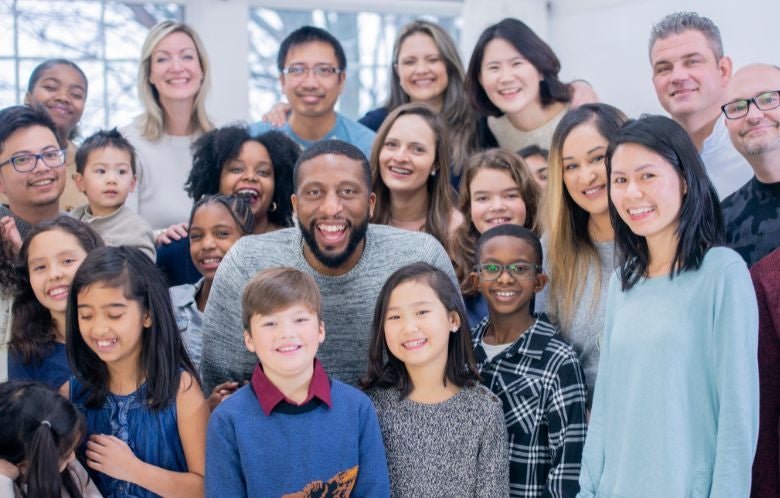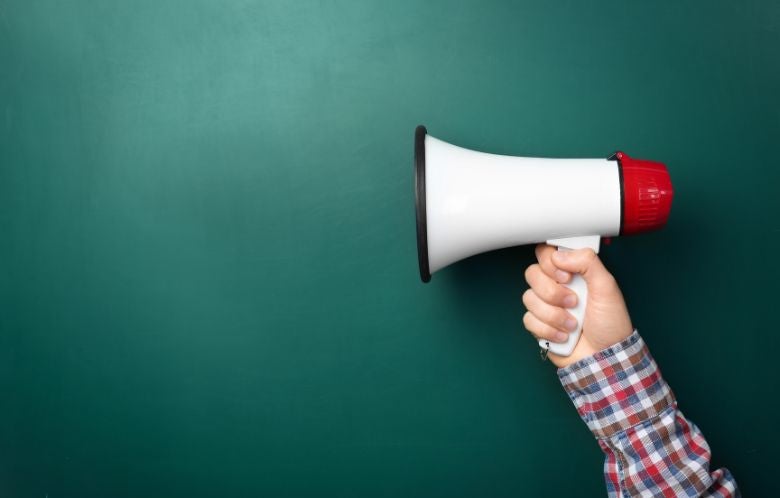There’s one thing that every library has in common (besides books!). If you look at their mission statement, you will most certainly find a sentence about equal access to information for all. The American Library Association cites equity, diversity, and inclusion as key action areas.
Most libraries do an excellent job of providing tools to help community members interact with the physical library space. They also work to make certain their collection and services are diverse and reflect their community. But to truly live up to that mission, we must also make sure all our community members feel seen and included when interacting with our promotional materials, like our website, emails, signs, and social media posts.
I first began to understand the importance of this work when I met Kim Crowder. She is a former library marketer and now runs a consulting firm dedicated to equity, diversity, and inclusion (EDI). She believes libraries must create a strategy for their commitment to inclusiveness.
“The more commonalities within humanity that are highlighted, the better,” she once told me. “Think on themes such as wanting great educational tools and programs for kids; a place anyone can feel safe to learn freely; and the ability to find books, movies, music, and more that speak to people’s core values. At the end of the day, we are all people, and finding that common thread using diverse representation is the way to go.”
For LibraryAware customers, this work can start right away by designing emails with accessibility and inclusivity in mind. Here are a few tips.
- Choose images that reflect your community. The LibraryAware image selector includes thousands of photos of people from diverse backgrounds. They’re included in your subscription.
- Include captions under photos. Keep the description short but meaningful. Ask yourself, if you only had the text and not the photo, would the caption still make sense?
- Add alt text to images. Explain what the image is and the context in which it is being used.
- Make your call-to-action buttons big. Remember, your patrons may be reading your email on a mobile device. Keep the area around the button clear to reduce the chance that the wrong button will be tapped.
- Keep your text at 14 points or larger. Larger font size is easier for those with vision impairment to see.
Accessibility and EDI in Marketing also encompasses website accessibility, font size in your emails, inclusive language in your promotions, and so much more. There are lots of other concrete practices you can put into place to address accessibility and EDI in your marketing. That’s why the team at Learn with NoveList created the course Accessibility and EDI in Marketing. In this live, two-hour session on Tuesday, October 18, you'll learn how to strategically and intentionally create promotions that will engage all community members. You’ll leave with a deeper understanding of the importance of this work, as well as tools to ensure your promotional materials meet accepted accessibility and EDI standards. Seats in this session are $99 each and group rates are available.
Ashley Boyer is Digital Engagement Coordinator for Oak Park Public Library in Illinois. She took the class in May and afterward, reflected by saying, “It always feels overwhelming to think about all the aspects (of accessibility and EDI), but this session made me feel confident about diving into making our website more accessible for all users.”
Angela Hursh is the Manager of Engagement and Marketing for NoveList. She is currently reading Lessons in Chemistry by Bonnie Garmus.



